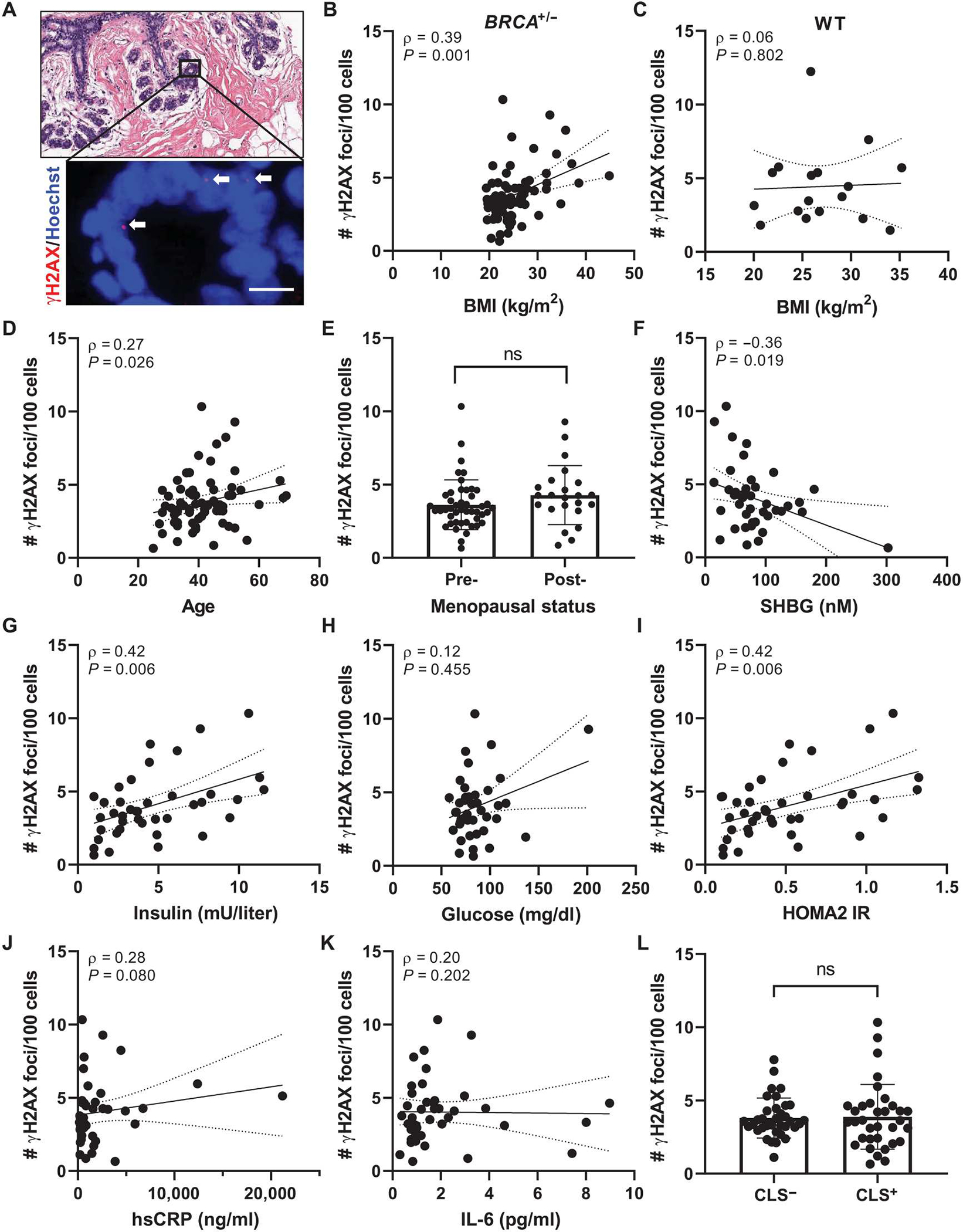Fig. 1. BMI and additional clinical characteristics are positively correlated with DNA damage in breast epithelia of women carrying a BRCA mutation.

(A) Representative image of tissue microarray section of normal breast epithelium shown by hematoxylin and eosin (H&E) stain (top) and by IF staining (bottom) for γH2AX (red, arrows) colocalizing with Hoechst (blue). Scale bar, 10 μm. (B) Correlation between epithelial cell DNA damage as measured by number of γH2AX foci/100 cells with BMI in BRCA mutation carriers and in (C) age-matched women WT for BRCA (n = 17). # = number. (D) Correlation between epithelial cell DNA damage and age. (E) Average DNA damage in the study population grouped by menopausal status: premenopausal, n = 46, and postmenopausal, n = 23. Epithelial cell DNA damage correlated with circulating serum biomarkers including (F) sex hormone–binding globulin (SHBG), (G) insulin, (H) glucose, (I) Homeostasis Model Assessment 2 of Insulin Resistance (HOMA2 IR), (J) high-sensitivity C-reactive protein (hsCRP), and (K) interleukin-6 (IL-6) in a subset of the study population with available fasting serum at the time of surgery (n = 41). (L) Average DNA damage in the study population when grouped by those exhibiting histological breast adipose tissue inflammation defined as presence of crown-like structures (CLS) versus those with no CLS present (CLS− versus CLS+). Two-tailed Mann-Whitney test was used to determine significant differences in grouped comparisons, and data are presented as means ± SD. Correlation between variables was assessed by Spearman’s rank correlation coefficient (ρ). Associated P value and ρ are shown for continuous variables with 95% confidence intervals. ns, not significant; n = 69 unless otherwise stated.
